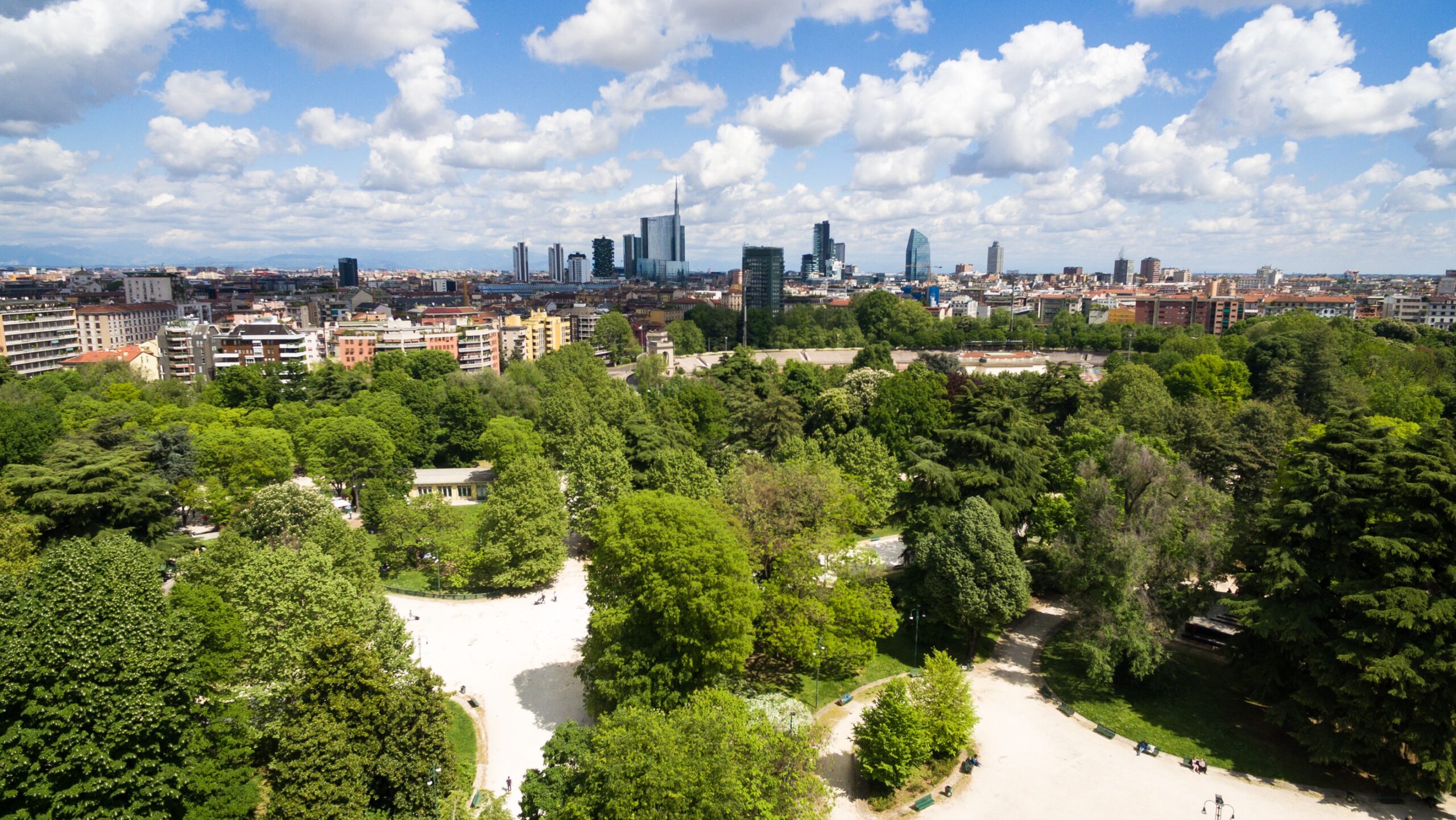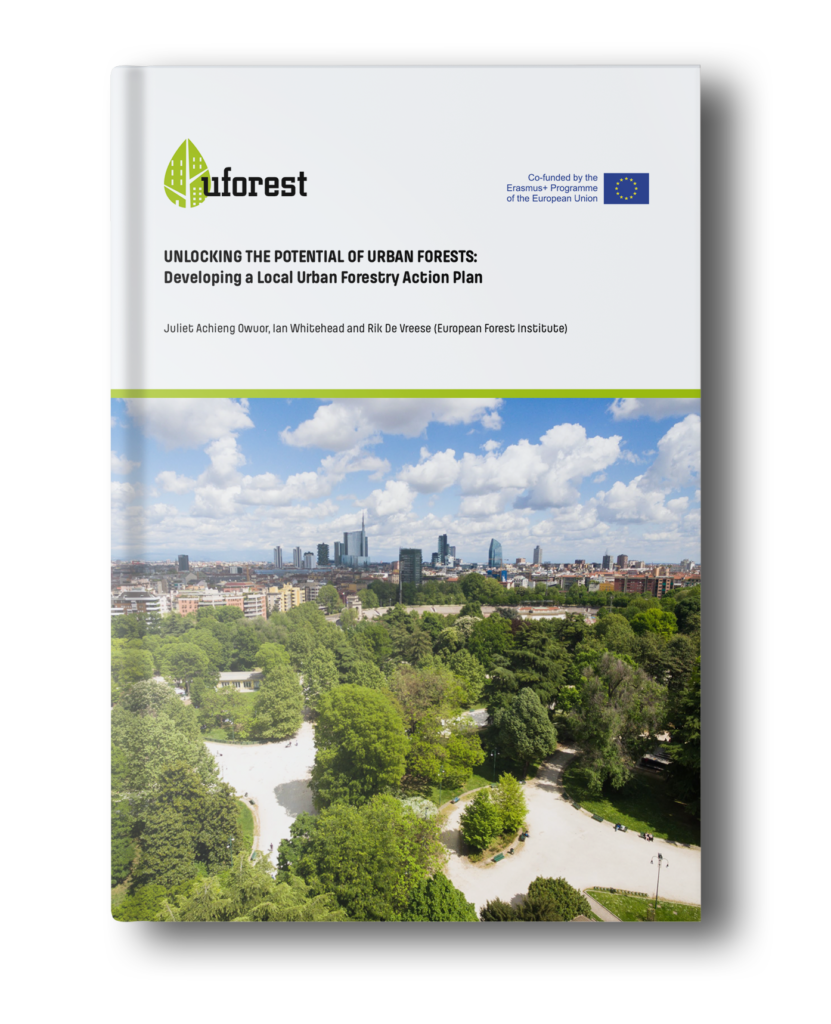
Background and guidelines to develop a local Urban Forestry Action Plan
In recent years, there has been increasing interest about urban forestry as efficient nature-based approach to tackle many challenges connected to urbanisation and climate change. Faced with these challenges, cities need to build resilience through adaptation, mitigation and disaster risk reduction measures to keep on offering multiple benefits and services to their inhabitants. In this sense, increasing the presence of trees and other vegetation in cities can contribute to urban resilience. At the European level, urban forests can be key allies in the delivery of recent EU policies, such as the New Green Deal, the EU Biodiversity Strategy, and the EU Urban Agenda. At the same time, urban green spaces can greatly benefit the health and wellbeing of urban dwellers, for example by providing a space for physical activity and social interaction.
Green infrastructure approaches – which focus on planned networks of natural and semi-natural areas – reflect the need to look at the whole urban environment, moving away from a focus on individual spaces. Indeed, only through a well-connected and well-functioning green and blue network that multiple benefits can be generated. In this context, urban forests are crucial contributors to greener, healthier, more resilient, and liveable cities.
However, today there is the need to stimulate urban forestry approaches and further explore innovation at all levels. In particular, there is the urge to scale up initiatives, explore and strengthen the collaborations among disciplines, as well as between different sectors, and support the creation of knowledge and specific learning and training opportunities. At the same time, urban forestry should go hand-in-hand with entrepreneurship, providing opportunities which needs to be further investigated.
This document aims to provide background and guidelines for developing a local Urban Forestry Action Plan based on an overview of the status, benefits and potential opportunities for developing urban forestry at a European scale. These guidelines are aimed principally at non-specialist audiences who wish to gain a quick overview of the enormous potential offered by urban forestry to solve social, economic and environmental challenges in cities in alignment with global Sustainable Development Goals (SDGs). In this respect, the document will be of particular interest and relevance to policymakers working at national, local and European level, officers working at local authorities.
While the full report is only in English, the Uforest partnership has produced a short version in the 3 different languages of the project:

Publication details
Title: Unlocking the Potential of Urban Forests: Developing a Local Urban Forestry Action Plan
Reference: Uforest Erasmus+ project, Deliverable 3.4 Unlocking the Potential of Urban Forests
Authors: Juliet Achieng Owuor, Ian Whitehead and Rik De Vreese (European Forest Institute)
Contributors: Jorge Olivar (AGRESTA), Corina Basnou and Florencia Florido (CREAF), Erica Alghisi (ERSAF), Juliet Achieng Owuor, Ian Whitehead and Rik De Vreese (European Forest Institute), Colm O’Driscoll, Ilaria Doimo, Giulia Cecchinato, Arianna Ruberto and Annalice Nicolussi (ETIFOR), Petronela Candrea and Sergiu
Florea (Forest Design), Cecil Konijnendijk (Nature Based Solutions Institute), Sofia Paoli and Maria Chiara Pastore (POLIMI), Mary-Lee Rhodes, Siobhán McQuaid and Esmee Kooijman (Trinity College
Dublin), Joan Pino (UAB), Iaon Vasile Abrudan, Mihai Nita and Cristina Draghici (University of Brasov)